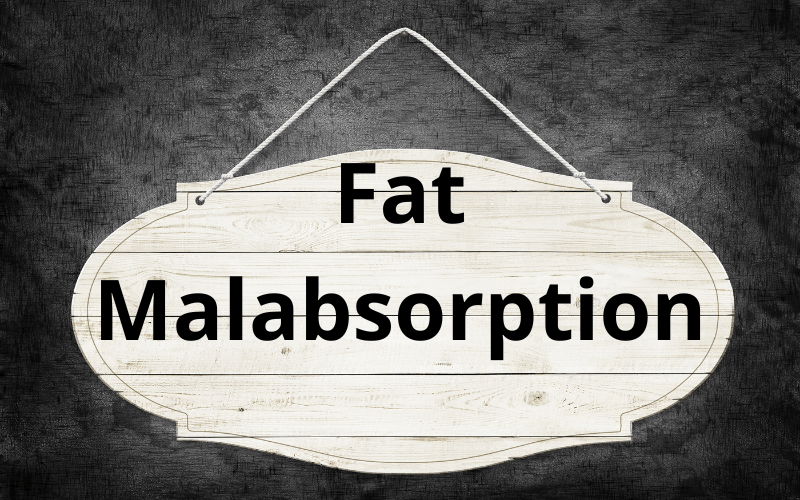Fact 5: Fat Malabsorption – An Ominous Sign

Fats, often villainized in popular culture, are, in reality, vital for numerous body functions, from energy to cell structure. However, unlike other nutrients, fats require a more complex breakdown process, making them susceptible to malabsorption issues.
When fat isn’t adequately absorbed, it exits the body through feces, leading to steatorrhea, a condition characterized by loose, foul-smelling stools that are oily in appearance. It’s not just an inconvenient symptom; it’s a red flag signaling that the body isn’t obtaining the essential fats it needs.
Numerous factors can impede fat absorption. Conditions like chronic pancreatitis hinder the production of enzymes essential for fat digestion. Liver diseases can affect bile production, crucial for emulsifying fats, making them easier to digest. Furthermore, any damage to the ileum can prevent bile salt reabsorption, pivotal for fat digestion and absorption.
If left unchecked, fat malabsorption can lead to deficiencies in fat-soluble vitamins like A, D, E, and K. Each of these vitamins plays a crucial role, from vision to blood clotting, and their deficiency can manifest in various symptoms, from night blindness to easy bruising.(5)